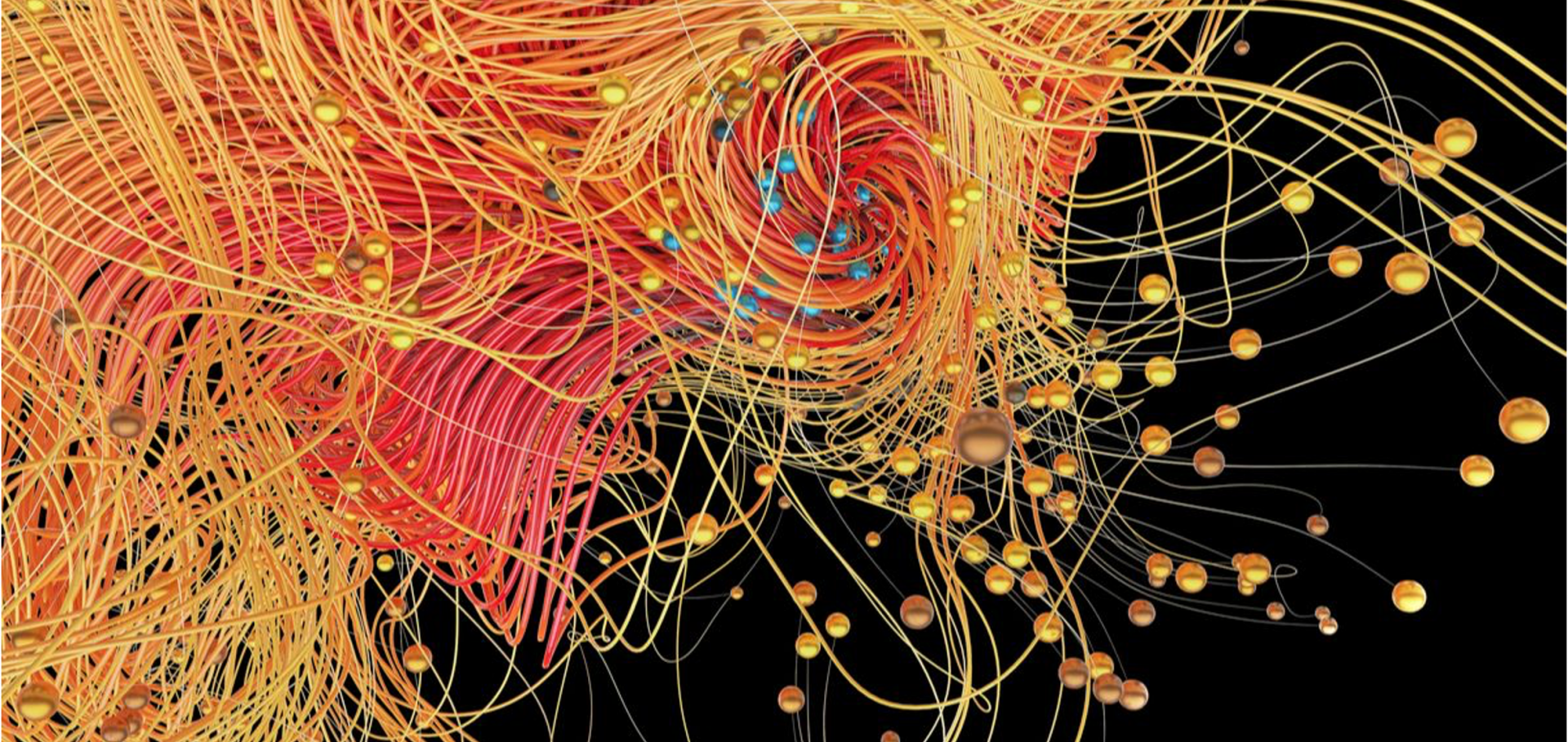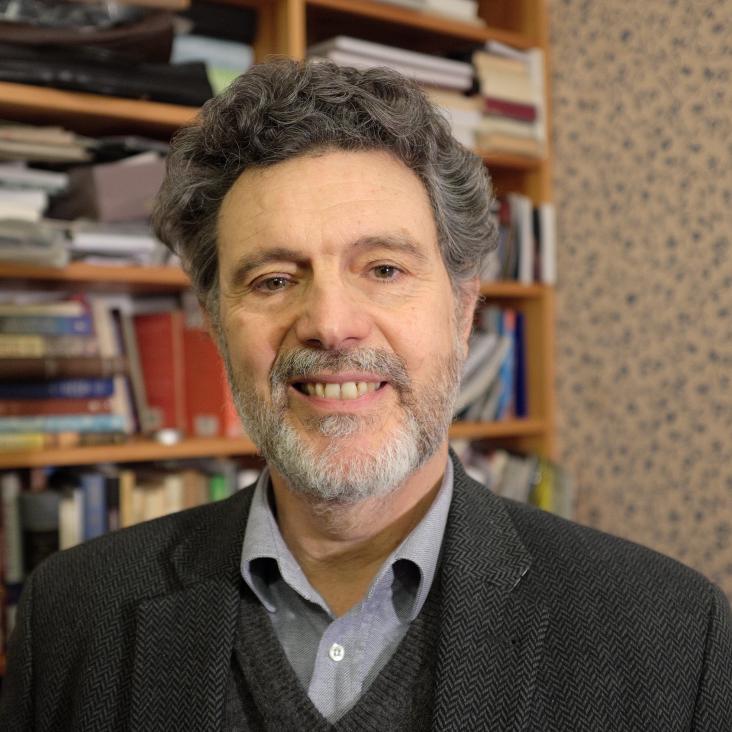The incommensurate magnetic structure of YMn2O5: a stringent test of the multiferroic mechanism
ArXiv 0808.2237 (2008)
Abstract:
We have determined the magnetic structure of the low-temperature incommensurate phase of multiferroic YMn2O5 using single-crystal neutron diffraction. By employing corepresentation analysis, we have ensured full compliance with both symmetry and physical constraints, so that the electrical polarization must lie along the b axis, as observed. The evolution of the spin components and propagation through the commensurate-incommensurate phase boundary points unambiguously at the exchange-striction mechanism as the primary driving force for ferroelectricity.Electric field switching of antiferromagnetic domains in YMn2O5: a probe of the multiferroic mechanism.
Phys Rev Lett 101:6 (2008) 067205
Abstract:
We employ neutron spherical polarimetry to determine the nature and population of the coexisting antiferromagnetic domains in multiferroic YMn2O5. By applying an electric field, we prove that reversing the electrical polarization results in the population inversion of two types of in-plane domains, related to each other by inversion. Our results are completely consistent with the exchange-striction mechanism of ferroelectricity, and support a unified model where cycloidal ordering is induced by coupling to the main magnetic order parameter.Orbital ordering promotes weakly-interacting S=1/2 dimers in the triangular lattice compound Sr3Cr2O8
(2008)
Orbital ordering promotes weakly-interacting S=1/2 dimers in the triangular lattice compound Sr3Cr2O8
ArXiv 0807.0877 (2008)



